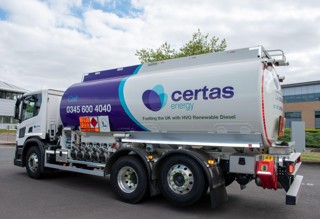
Fleet FAQ
Q:
How do I calculate fuel benefit tax?
A:
If your company pays for any fuel that you use for personal mileage you'll have to pay fuel benefit tax.
The tax works a bit like company car tax and is based on the CO2 emissions, or BiK banding, of your company vehicle.
It is calculated using the Car Fuel Benefit Charge Multiplier which is set by HMRC each year.
For the 2023/24 tax year the Car Fuel Benefit Charge Multiplier is £27,800.
To calculate the fuel benefit tax you'll need to know the benefit-in-kind (BiK) banding of your company car. You can find this information in the Fleet News Company Car Tax Calculator or by using our BiK tax table, if you know your car's CO2 emissions.
Multiply your BiK band figure by the Car Fuel Benefit Charge Multiplier (£27,800) then multiply that figure by your personal income tax band.
For example: A BMW 330e has a BiK band of 12%. So, £27,800 x 12% = £3,336. If you're a 20% taxpayer, multiply £3,336 by 20% to get the annual tax amount of £667. A 40% taxpayer would pay £1,334 per year (£3,336 x 40%).
It's important to note that the amount of tax you pay is not linked to the amount of fuel you use. If you have a vehicle with high CO2 emissions and only cover a small amount of personal miles per year, the amount of tax paid could outweigh the amount of fuel you would otherwise have to buy.
Electric vehicles
Drivers of electric cars, where their employer pays for charging that's used for personal mileage, do not have to pay fuel benefit tax.
Commercial Vehicles
Drivers of commercial vehicles, where their employer pays for fuel used for personal mileage, do have to pay fuel benefit tax. The Van Fuel Benefit Charge is £757 for the 2023/24 tax year. It is set by HMRC and is a fixed amount. To calculate the tax you'll pay, multiply £757 by your personal income tax band. A 20% taxpayer would pay £151 per year. You can also use the Commercial Fleet Van Tax Calculator to see how much you'll pay.














